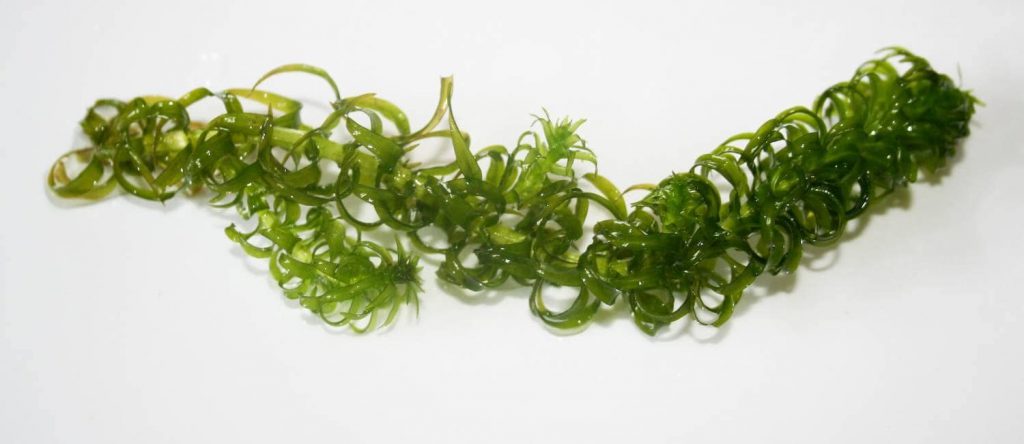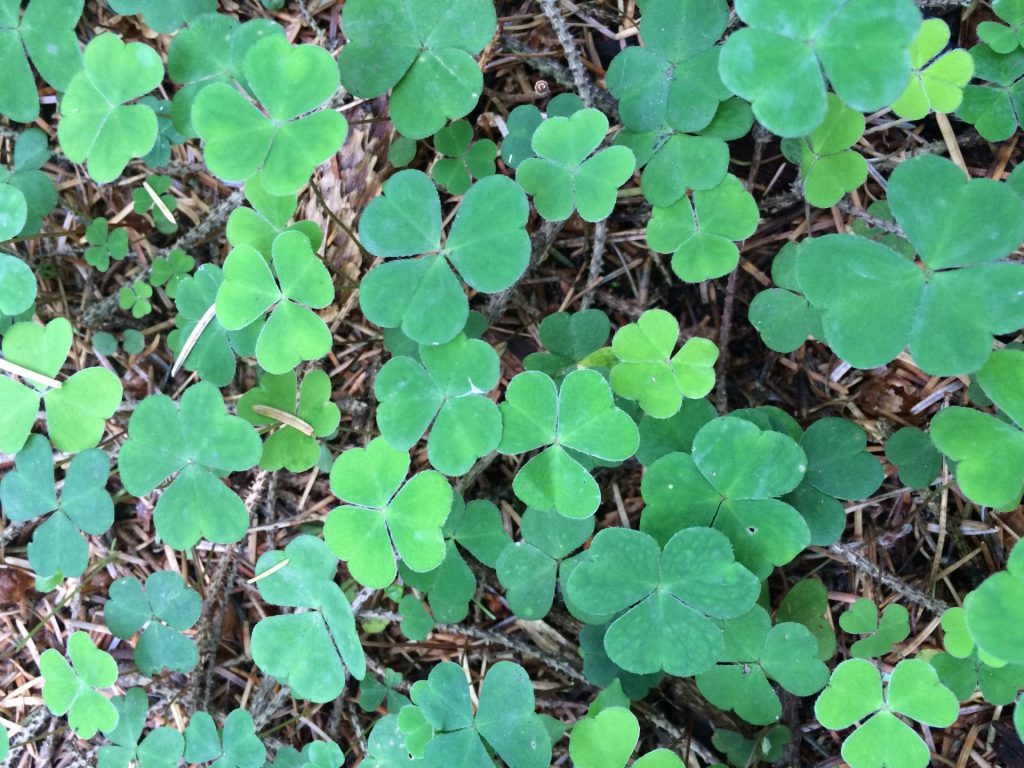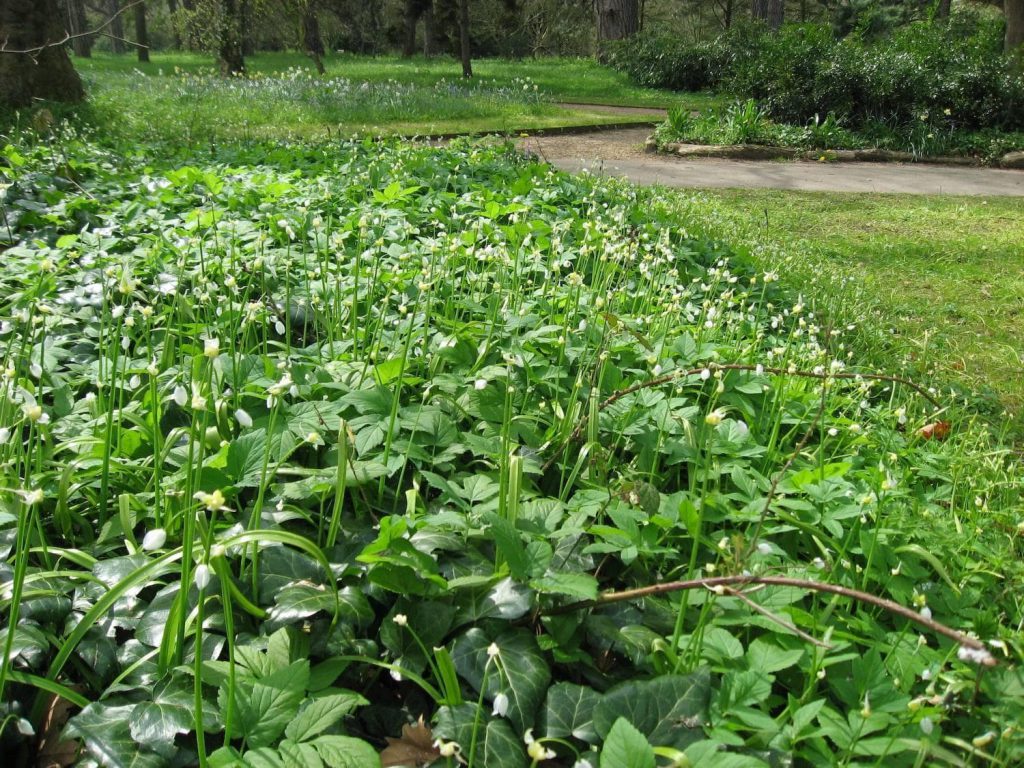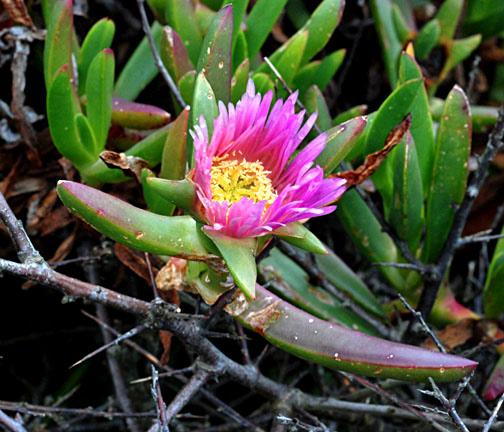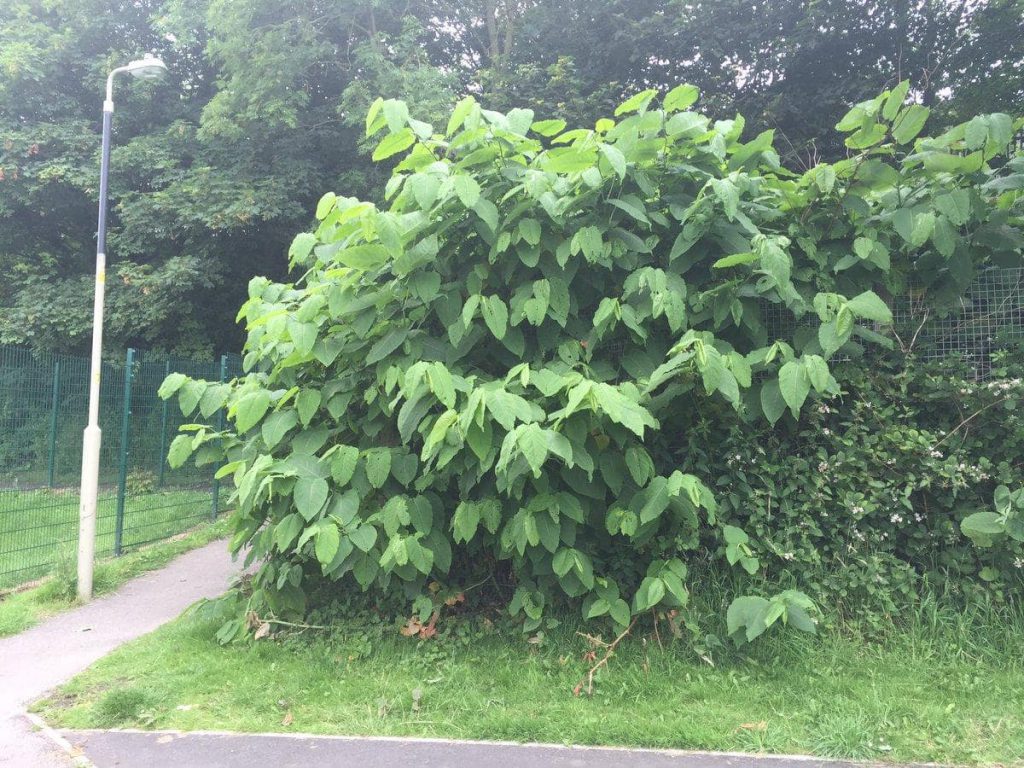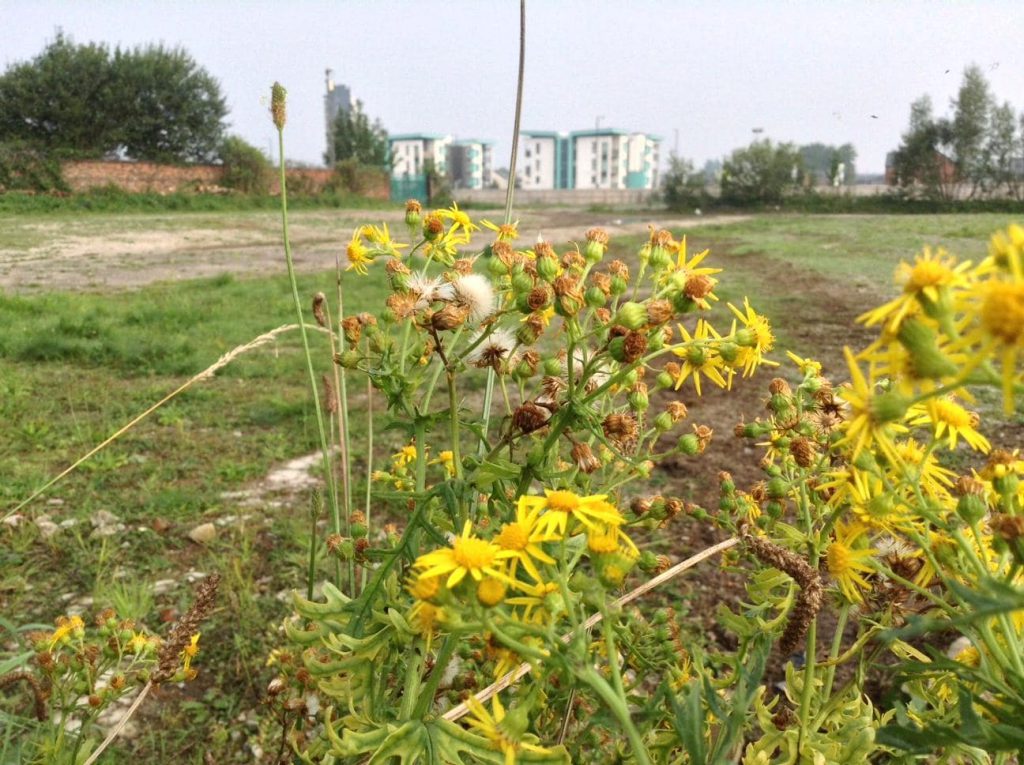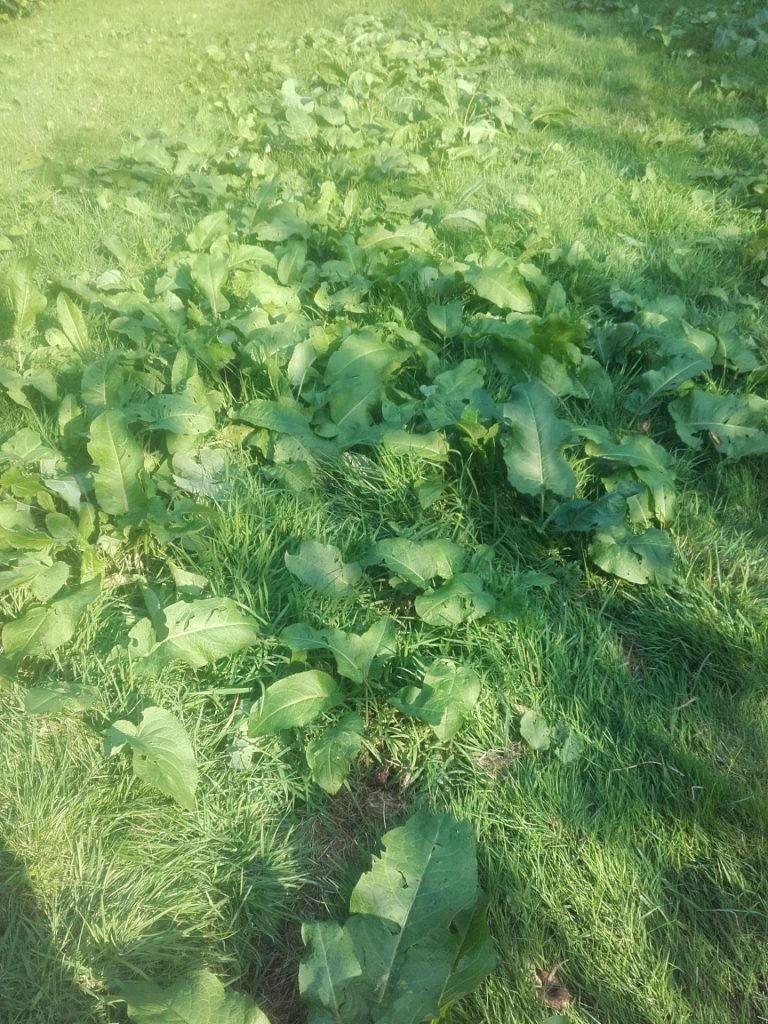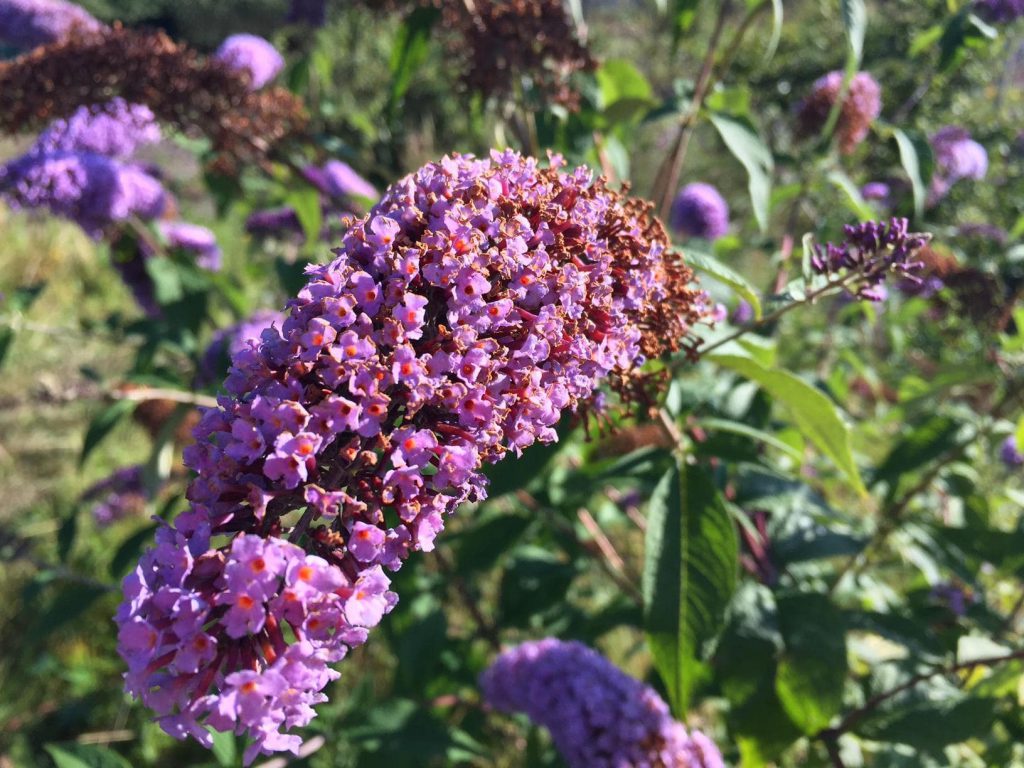Time is Everything
Timing is everything, especially when dealing with invasive species. The key to successfully chemically treating Himalayan balsam and Giant hogweed is applying herbicide at the right time. Application needs to be when the plants are young and before they flower and begin to form seed. Chemical application should be made early in the growing season


